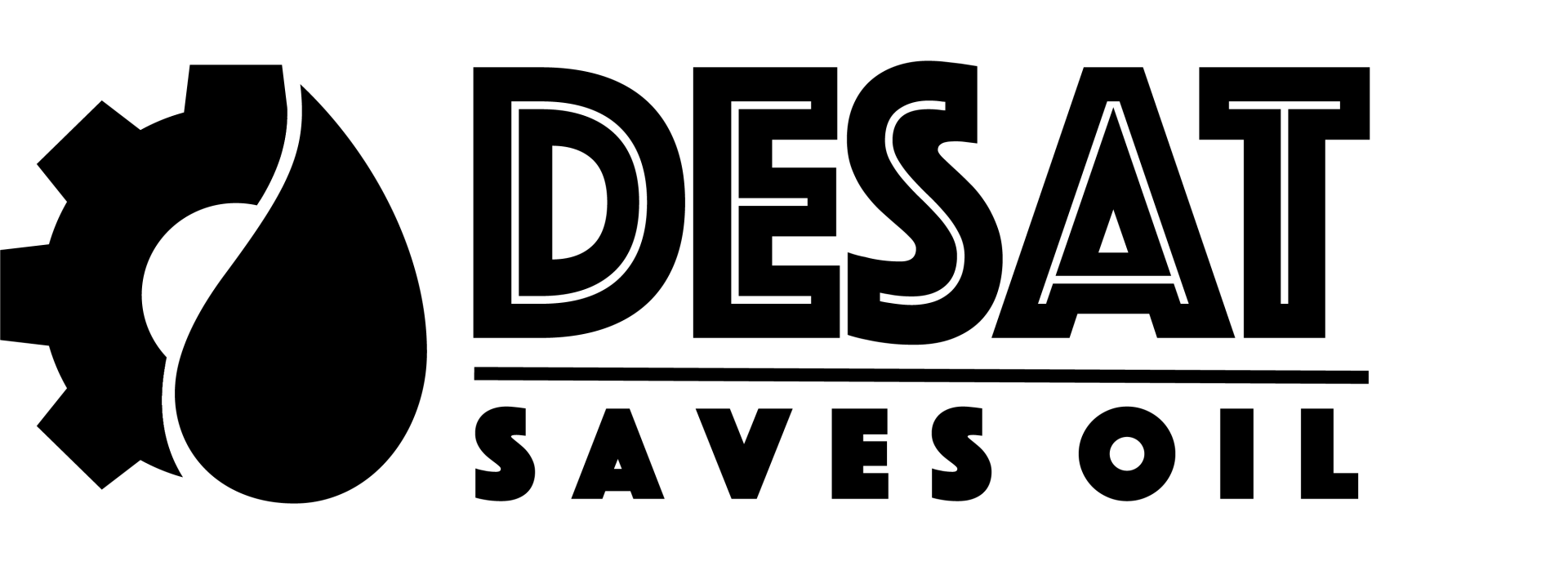The DeSat Method
Vacuum distillation is simply distillation at pressures below one atmosphere. Reduced pressure permits vaporization at reduced temperatures. For instance, at atmospheric pressure, water boils at 100°C; but under vacuum, this boiling point can drop to 57°C or lower.
This has two distinct advantages
No damages to your oil
Thermal decomposition and degradation of the fluid and its additives are avoided
Your energy foot print goes down
The energy requirement for both heating and cooling is reduced substantially.
What's vacuum dehydration
A DeSat Unit consists of
Optional: Filter system

